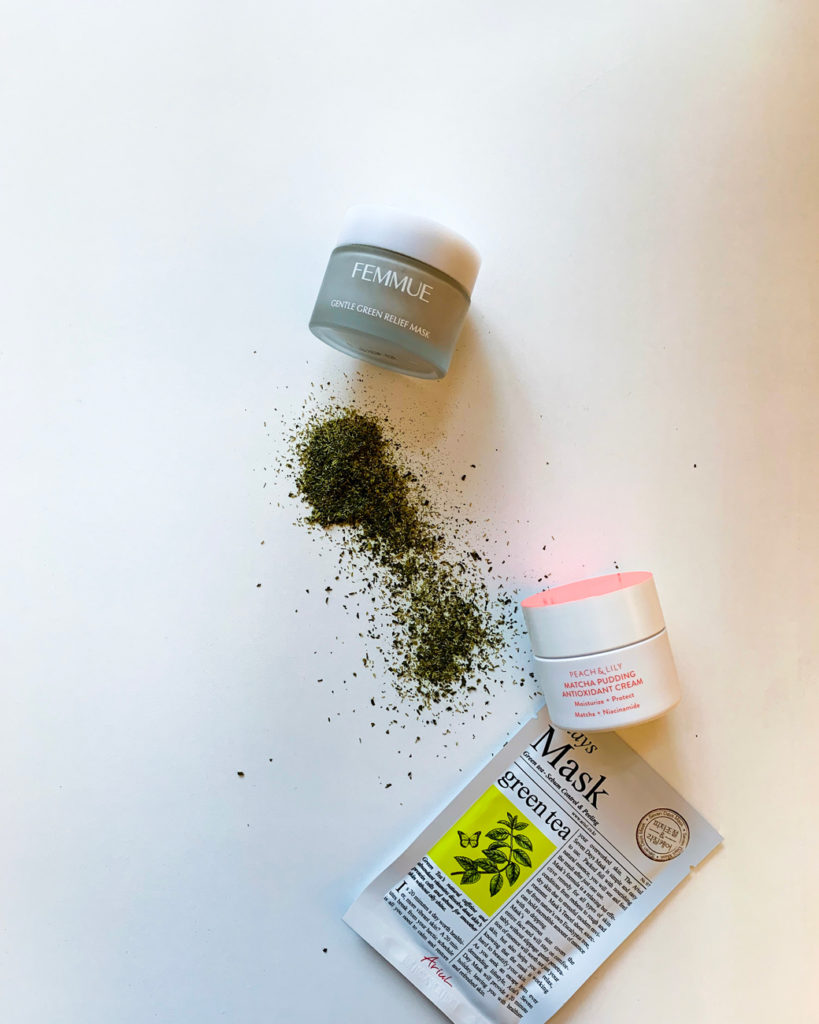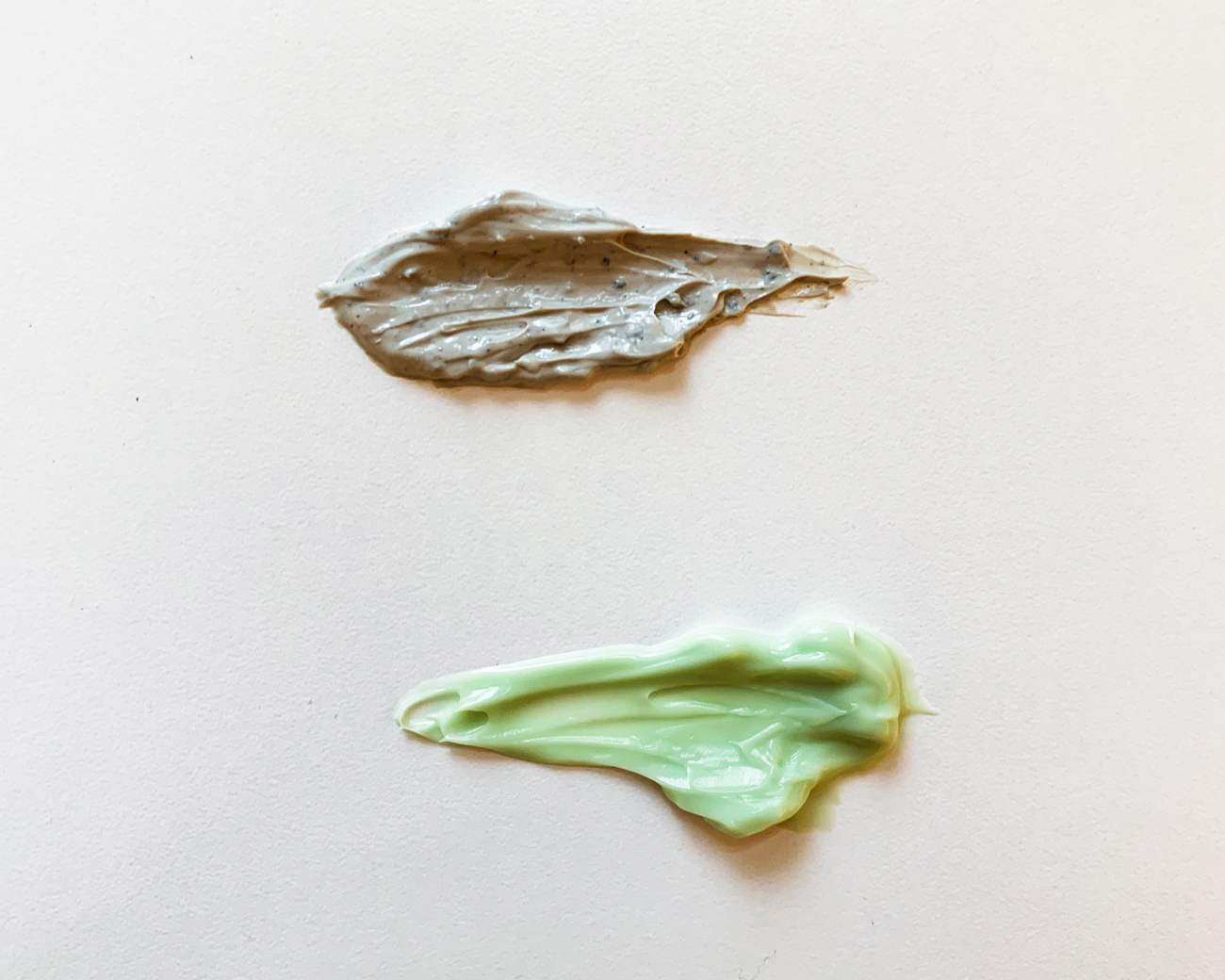Matcha. Green Tea. Camellia Sinensis.

Let’s talk about matcha. Green tea. Matcha. Are they the same thing?
Matcha and green tea come from the same plant, the shrub camellia sinensis, but the difference is in how they’re processed. Green tea comes from the leaves of the shrub, which are dried after they’re picked. To make matcha, the leaves in their entirety are dried then ground into the fine, bright green powder you may be familiar with.
Because matcha uses the whole leaf, grinding it down without using heat, matcha is more concentrated than green tea. Some studies even estimate that matcha has 3 times the antioxidants as green tea.
Does that mean matcha is better than green tea?
Not exactly — it just means that matcha and green tea are different and suited for different uses.
Let’s talk briefly about drinking matcha and green tea. Matcha is typically swirled into hot water (not scalding water), and it’s kind of like espresso — you’re typically going to drink a small amount of it, not a giant mugful, because of its intensity. Matcha has a bolder, more vibrant flavor, often with its own natural sweetness and body, depending on the quality of the matcha.
Green tea, on the other hand, is steeped in boiling water, and it has a different flavor, less intense, maybe slightly nutty, without the sweetness you might find in matcha. It’s also less concentrated, a more traditional tea you can sip throughout the day if you so wanted. (Of course, green tea does still contain caffeine!)
Because matcha is more concentrated, it’ll likely have a stronger impact on you — if you’re particularly sensitive to caffeine, you might opt to sip green tea instead of matcha. You probably wouldn’t bake with green tea, but matcha is more versatile, its intense matcha flavor and vivid green color welcome additions to baked goods.
All of which goes to say — neither is better or worse than the other. They’re just different.

What about in skincare then?
Let us explain by describing these three different products.
The Peach & Lily Matcha Pudding Antioxidant Cream uses matcha (obviously). It’s where it gets its natural green color, and the presence of matcha means the cream is full of antioxidants, which come from flavanoids, a type of polyphenol. Flavanoids are particularly known to have strong anti-inflammatory effects, helping reduce redness and fight acne, which can be caused by inflammation. Further, matcha actually also helps with sebum production, helping reduce the presence of oil on skin and slow the production of excess sebum.
You want your skin to have a chance to absorb all the goodness of the ingredients, so you might want a moisturizer that harnesses the extra power of matcha. The Matcha Pudding Antioxidant Cream boosts the antioxidative goodness of matcha with other beautiful ingredients, like cape lilac extract, niacinamide, and adenosine, so your skin can thrive.
Then there’s the Femmue Gentle Green Relief Mask, a kaolin clay mask that includes actual green tea leaves to help provide gentle exfoliation while also helping manage excess sebum. Ultimately, you’re going to wash the clay mask off, and you want the kaolin clay to be pulling out all the excess oil, bacteria, and gunk that might be trapped in your pores. That means you’re not necessarily going to need the intense concentration of matcha in a clay mask — green tea leaves will still provide all the amazing properties of green tea, helping fight off free radical damage, reduce redness and inflammation, and manage sebum. The leaves themselves will also bring the added benefit of gentle exfoliation when you’re rinsing the mask off.
Green tea can also be found in the essences of sheet masks! When it comes to sheet masks, you need something that will soak into skin, which means green tea extract might be the likely choice. Ariul’s Green Tea 7 Days Mask is soaked in a formula that highlights the balancing and gently exfoliating properties of green tea, without the added texture of tea leaves or matcha powder.
Should you be wary of matcha if you have sensitive skin?
There are so many great things about matcha, and one of them is that matcha is generally suitable for all skin types, including sensitive skin. Of course, though, everyone’s skin is different, so you never know how your skin will react to any given ingredient! To be safe, we always recommend spot-testing anything new.
—
We love the versatility that comes from this one shrub, camellia sinensis. Just like matcha and green tea have different uses when it comes to drinking or consuming them, they have that same versatility in skincare, which we love — there isn’t just one way for us to reap the benefits of this superstar ingredient.

Comments